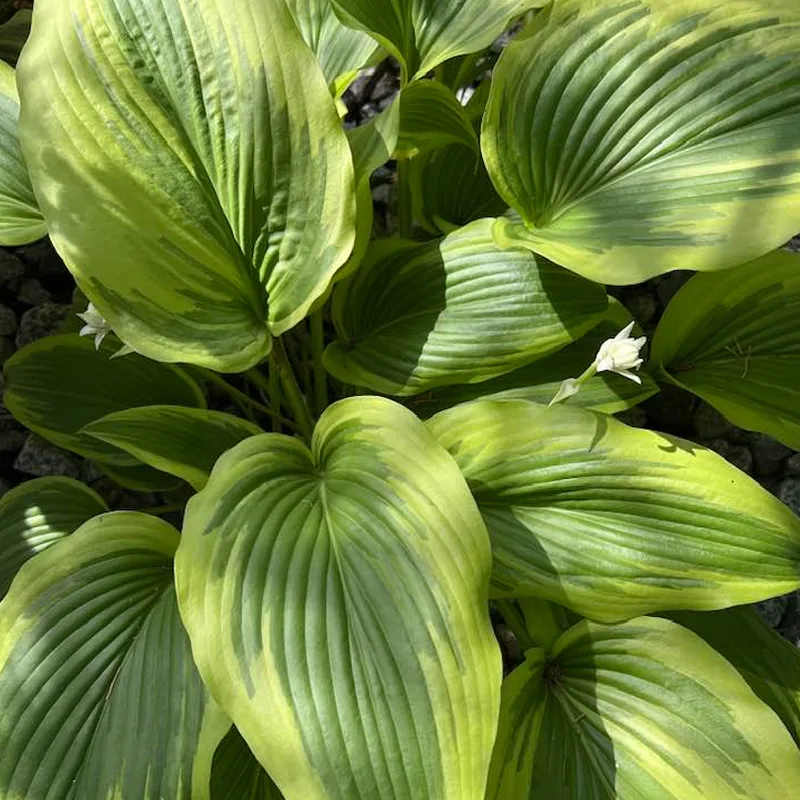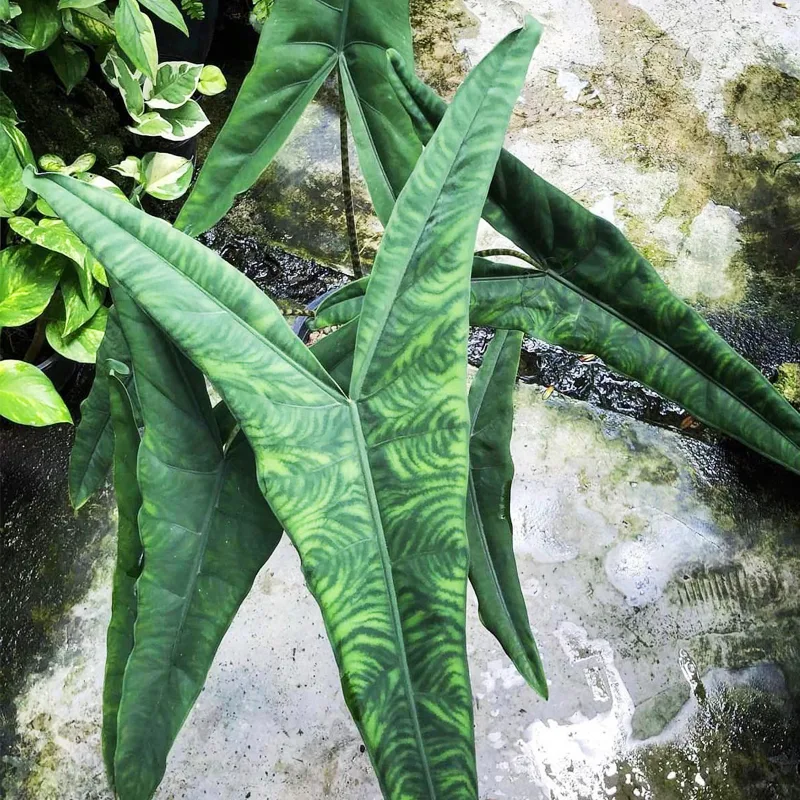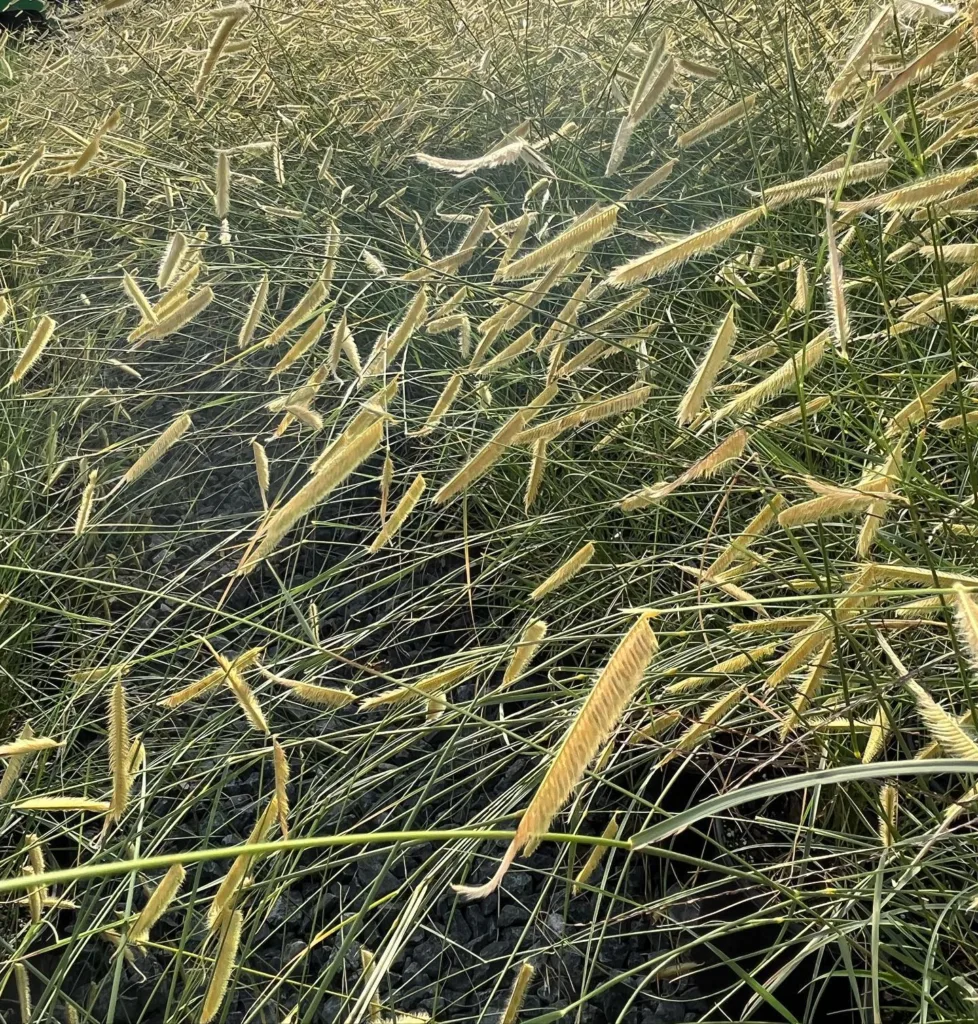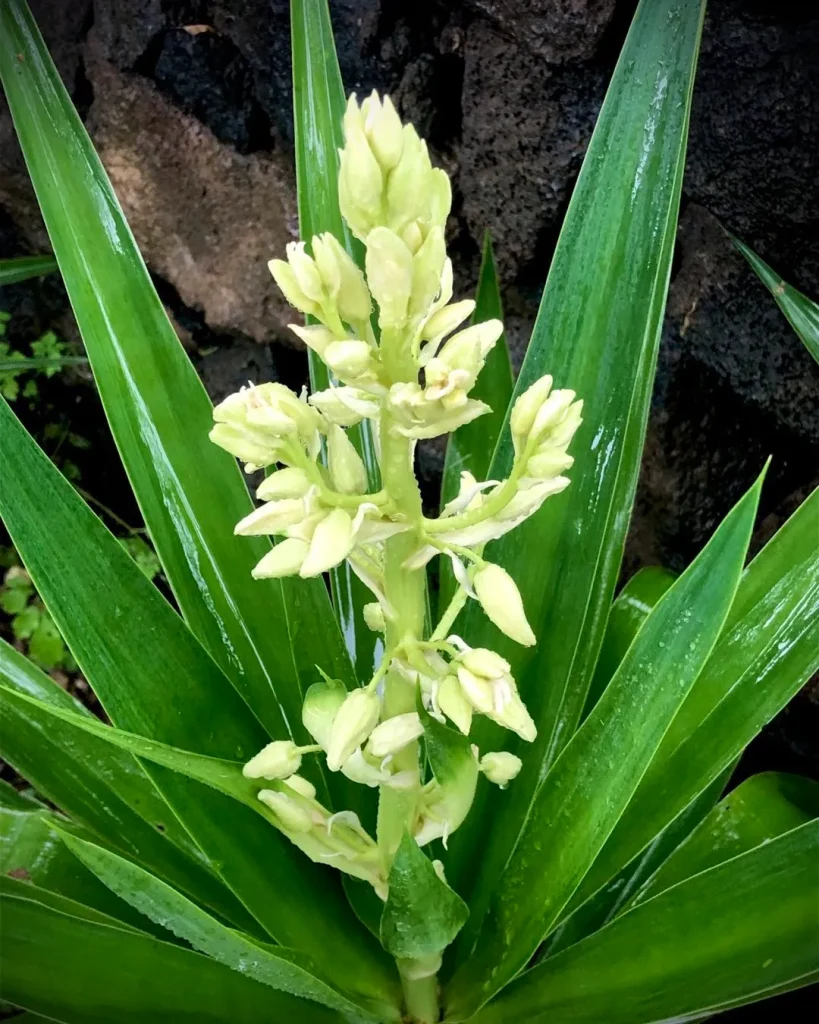My Fascination with Phragmipedium Orchids
I, Ferb Vu, have always been drawn to the unique and exotic beauty of orchids. Among the many genera that capture my attention, Phragmipedium holds a special place in my heart. These stunning orchids, also known as slipper orchids, are native to Central and South America, and they boast an alluring charm that is hard to resist.
A Closer Look at Phragmipedium
What sets Phragmipedium apart from other orchids is their distinctive pouch-like labellum, reminiscent of a delicate slipper. This unique feature, coupled with their long, flowing petals, creates a captivating display that is both elegant and dramatic. The genus name itself is derived from the Greek words “phragma,” meaning division, and “pedium,” meaning slipper, aptly describing their characteristic pouch.
Phragmipedium orchids, belong to the Orchidaceae family, are typically terrestrial or epiphytic, meaning they grow on the ground or on other plants for support. They thrive in humid environments, often found near streams and rivers in shady forests. Their leaves are typically long and narrow, forming an attractive rosette from which the flower spikes emerge.
Diversity within the Genus
The genus Phragmipedium comprises around 21 recognized species, each with its own unique characteristics and allure:
- Phragmipedium besseae: Known for its vibrant red flowers, this species was discovered relatively recently in the 1980s and quickly became a favorite among orchid enthusiasts.
- Phragmipedium caudatum: This species is distinguished by its exceptionally long petals, which can reach up to 30 inches in length, creating a dramatic and flowing appearance.
- Phragmipedium longifolium: As the name suggests, this species has long, graceful leaves, complementing its beautiful flowers that come in a variety of colors, including yellow, green, and brown.
- Phragmipedium pearcei: This miniature species is a charming addition to any collection, with its delicate white flowers adorned with pink stripes.
- Phragmipedium schlimii: This species is prized for its soft pink flowers and its compact growth habit, making it suitable for smaller spaces.
- Phragmipedium boissierianum (Rchb.f. & Warsz.) Rolfe
- Phragmipedium cabrejosii Damian, M.Díaz & Pupulin
- Phragmipedium caricinum (Lindl. & Paxton) Rolfe
- Phragmipedium guianense Sambin & Braem
- Phragmipedium hirtzii Dodson
- Phragmipedium humboldtii (Warsz.) J.T.Atwood & Dressler
- Phragmipedium klotzschianum (Rchb.f.) Rolfe
- Phragmipedium kovachii J.T.Atwood, Dalström & Ric.Fernández
- Phragmipedium lindenii (Lindl.) Dressler & N.H.Williams
- Phragmipedium lindleyanum (R.H.Schomb. ex Lindl.) Rolfe
- Phragmipedium × pfitzerianum O.Gruss
- Phragmipedium ramiroi Kolan. & Szlach.
- Phragmipedium × richteri Roeth & O.Gruss
- Phragmipedium × talamancanum Pupulin & M.Díaz
- Phragmipedium vittatum (Vell.) Rolfe
- Phragmipedium warszewiczianum (Rchb.f.) Schltr.
The Allure of Phragmipedium
For me, the allure of Phragmipedium lies not only in their striking beauty but also in the challenge they present to orchid growers. These orchids require specific conditions to thrive, including high humidity, good air circulation, and consistent watering. However, the rewards of successful cultivation are well worth the effort, as these orchids put on a spectacular display when in bloom.
My Personal Connection
My passion for Phragmipedium has led me to cultivate a small collection of these orchids in my own home. I find great satisfaction in providing them with the care they need to flourish and in witnessing their exquisite blooms. Each species holds a unique appeal, and I am constantly amazed by the diversity and beauty within this genus.
Conservation Concerns
Unfortunately, many Phragmipedium species are threatened in their natural habitats due to deforestation and habitat loss. It is crucial to support conservation efforts to protect these magnificent orchids for future generations to enjoy. By cultivating these orchids in our homes and educating others about their importance, we can contribute to their preservation.
A Continuing Journey
My journey with Phragmipedium is an ongoing one, filled with learning, challenges, and rewards. I am committed to expanding my knowledge of these orchids and to sharing my passion with others. The world of Phragmipedium is vast and fascinating, and I am eager to continue exploring its depths.
If i die, water my plants!



